Dave Smith: synth prophet
‘Legend’ can be an overused term, but there can be no argument when applying this description to synth pioneer Dave Smith. Here we trace his influential career…
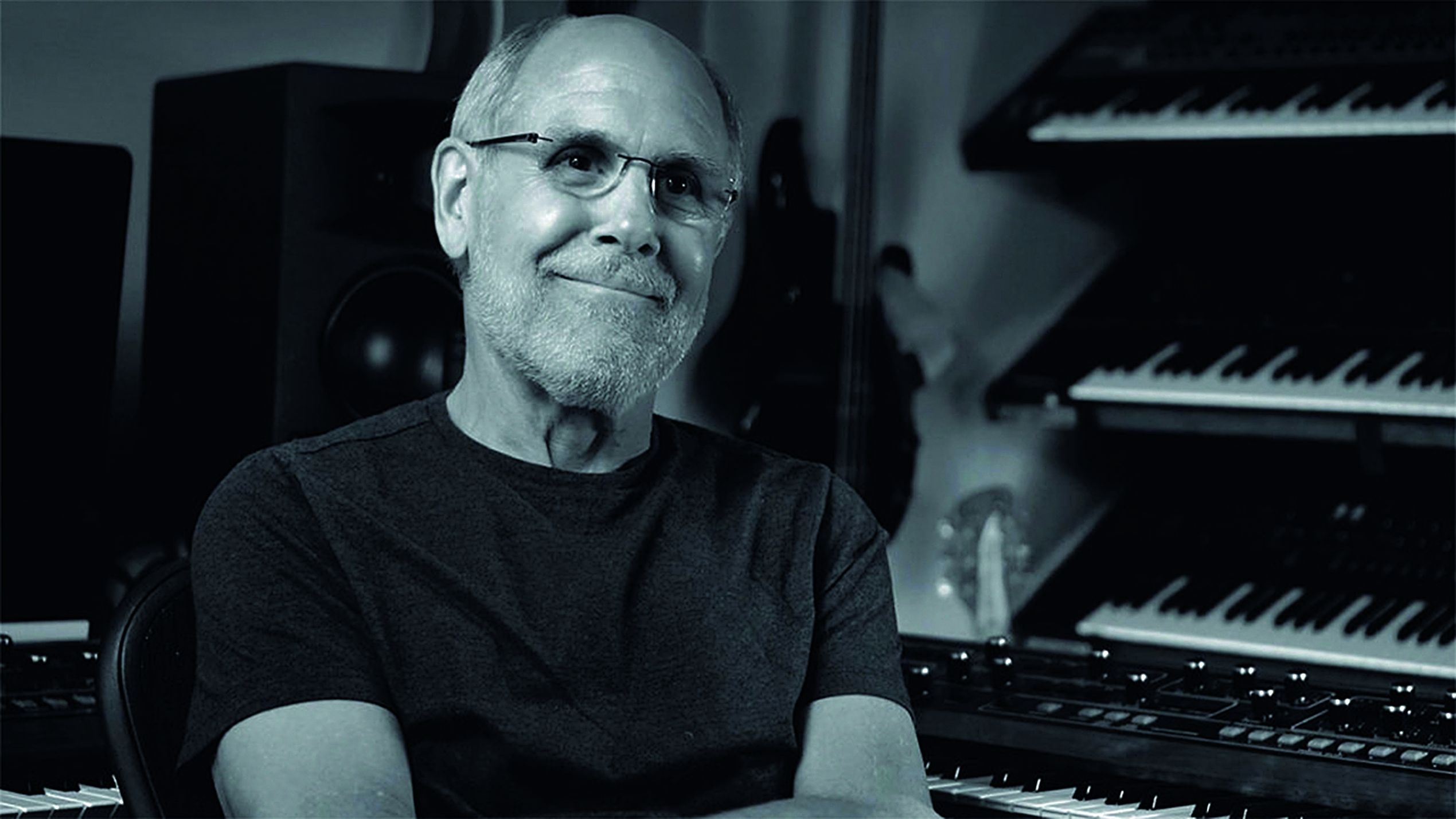
A short statement on the Sequential site, on 2 June, reads: “It is with heavy hearts that we share the news that Dave Smith has died. We’re heartbroken, but take some small solace in knowing he was on the road doing what he loved best in the company of family, friends, and artists.”
Smith founded Sequential Circuits in 1974, releasing the Prophet-5 – the world’s first fully-programmable polyphonic synth – in 1977. Many influential synths and drum machines followed, and he was a key player in the development of the original MIDI spec, announced in 1981. After Sequential Circuits folded in 1985, Smith had spells at Yamaha and Korg, where he worked on the classic Wavestation.
Smith returned to the hardware synth market with his own company in 2002, starting Dave Smith Instruments. Over the past two decades, his products have played a crucial part in the analogue revival.
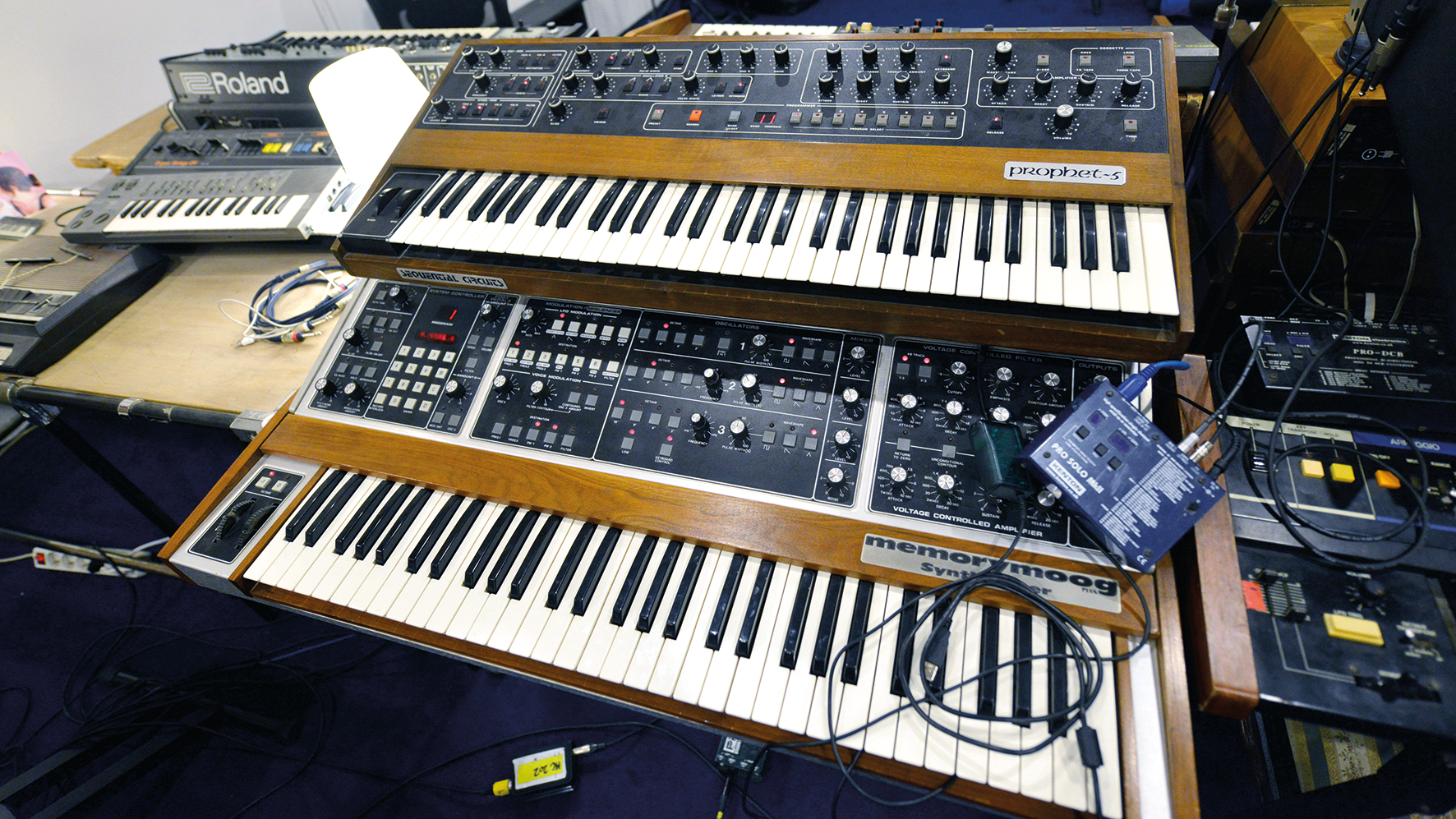
Dave Smith Instruments was rebranded as Sequential in 2018, with Yamaha having returned the name to Smith in 2015. A rebooted Prophet-5 was released in 2020. Sequential was acquired by British company Focusrite in 2021. Most recently, Smith was involved in the development of the OB-X8, the first new synth from the rebooted Oberheim, with Tom Oberheim back at the helm.
Paying tribute to Smith, Focusrite CEO Tim Carroll said: “Dave’s passing is a great loss to not only the music community and music technology, but to the world itself. To say that he changed music is no exaggeration. Dave’s legacy is one of creative passion and a deep and lifelong love for music, music technology, and the musicians that continue to enrich our world by using his instruments.
“At 72 he was still actively designing his next generation of synths. At the same time, he had the foresight to mentor and build Sequential into a team that will continue his work and legacy without pause. Dave will be greatly missed, but his contributions to music will never be forgotten.”
Writing on Instagram, UK-born musician James Blake, who was known for his heavy use of Smith’s instruments, said: “RIP to Dave Smith. Such a lovely man, complete genius and in my opinion even in 2022 was still making the best synths in the world. I’m shedding a few tears as I write this.
Get the MusicRadar Newsletter
Want all the hottest music and gear news, reviews, deals, features and more, direct to your inbox? Sign up here.
Dave’s legacy is one of creative passion and a deep and lifelong love for music, music technology
“One time we were playing in San Francisco and my Prophet-08 went completely out of tune and none of us had a clue how to fix it (no manual to hand and I’m literally on stage between songs)… as luck would have it, Dave was in the audience. He ran from the back of the hall, pushed through the crowd, jumped on stage and calibrated the oscillators (which took a while as we all just stood there nervously hoping it would work), and I was able to finish the gig, and we all gave him a huge round of applause. What a fucking legend.”
Sequential are inviting people to share their own memories of Smith by emailing this address.
Synth family tree
If Bob Moog is described as the Grandfather of modern subtractive synthesis, then surely Dave Smith would be right alongside him, as a Great Uncle. Dave founded his fledgling startup in 1974, out of San Francisco. His day job involved working with micro-processors, an emerging technology of the era emanating from the Silicon Valley area of Northern California, where Dave lived.
He had purchased a Minimoog in 1972, but wanted a sequencer to use alongside, so exploiting his talent and expertise for design, built his first analogue sequencer, the Model 600. This was the first in a run of similar sequencer-based products, providing the obvious branding for Smith’s new enterprise, Sequential Circuits Inc.
The Model 600 was quickly followed by the Model 800 Digital Sequencer, offering the capability of storing note patterns in banks. This was a revelation on release in ’76, sealing the brand’s identity.
The first coming
Being a Minimoog owner, Dave shared the frustration of many users, with its inability to store patches. In an ingenious move, 1976 saw the release of the Model 700 Programmer, which would allow the saving of up to 64 programs/patches when connected to a Minimoog or ARP 2600. Clearly this was a concept with considerable legs, which laid the path for one of the most groundbreaking synthesisers of all time.
Dave had always pondered why manufacturers were not taking advantage of the new developments in micro-processor and chipset technology. His realisation that the use of this technology would allow ease of programming, led to a degree of procrastination, as he thought that other larger companies such as Moog would move in a similar direction. This simply wasn’t to be, so after a few months, Dave took the brave decision to quit his day job, and devote all of his time to the development of his new product. The result was the much anticipated Prophet-5.
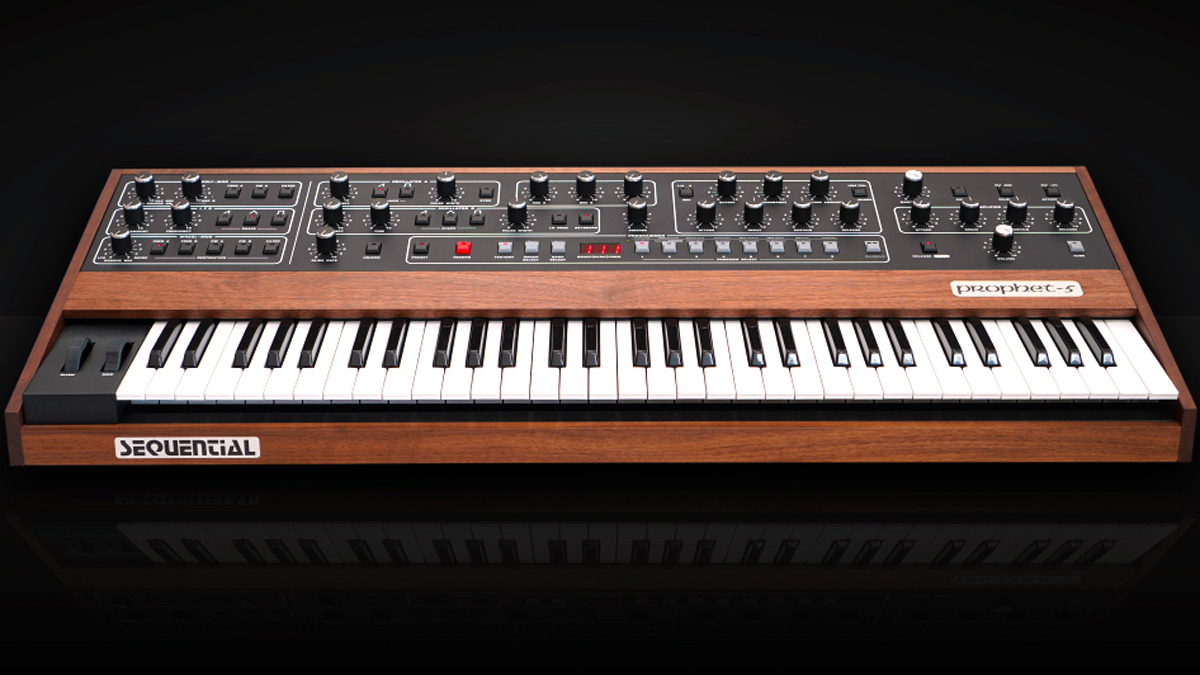
The Prophet was groundbreaking in so many ways; firstly, and most importantly, it was a fully programmable polyphonic instrument, that allowed the user to store up to 40 patches within the Prophet’s internal non-volatile memory. While many synthesists made an obvious comparison to the architecture of the Minimoog, it actually had more in common with the ARP Odyssey, being equipped with two oscillators per voice.
Providing ten oscillators in all, the lush texture combined to allow 5-voice polyphony, which was ideal for more elaborate chord voicings, in tune with the jazz/funk-infused musings of the day. It also sounded amazing, in no small way thanks to the beautifully designed low-pass filter, compiled onto a SSM2040 chip, by Dave Rossum.
The initial rev.1 Prophet-5 was first demonstrated at NAMM in early 1978; the allure of the world’s first fully programmable poly was so great, that the waiting list for ordered instruments read like a veritable who’s who of the music industry. Abba, Herbie Hancock, George Duke, Paul McCartney, Yellow Magic Orchestra, Stevie Wonder… They all had to wait their turn in line!
Revisions, revisions
The desire to push the Prophet further resulted in several revisions; the rev. 2 introduced auto-tune, a routine to realign and tune the oscillators, while later revisions (rev. 3-3.31) introduced more memory locations and even a cassette interface, to offload your patches.
In an attempt to extend the Prophet concept, the Prophet-10 hoped to double the polyphony. The ill-fated first version stacked voice boards, and was notoriously unreliable, largely due to its constant overheating. The rev.2 solved the problem (sort of) by stacking two keyboards, a little like having two Prophet-5s on top of each other. It was still rather unreliable, and a little removed from the original concept of a straight 10-voice polysynth.
Together in MIDI
Apart from his amazing prowess as a synth designer, Dave was the leading light behind a new connection protocol, being explored with other forward-thinking designers and synth manufacturers, throughout 1981. Concerned by a lack of connection protocol to allow synths to effectively and easily communicate, Dave presented a paper at the AES convention in 1982.
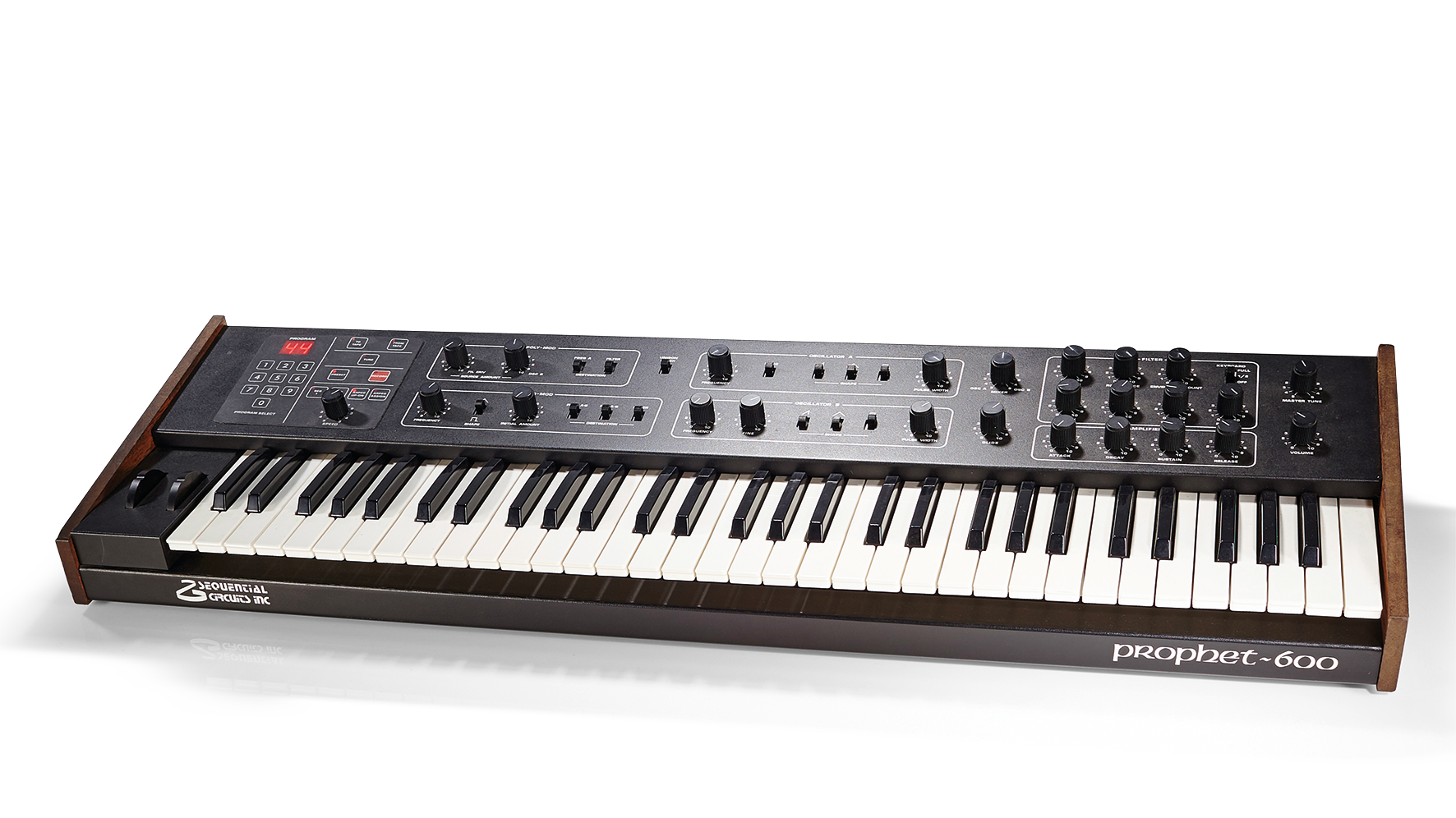

His concept for USI (Universal Synthesiser Interface) was favourably met by four other industry heavyweights: Roland, Korg, Yamaha and Kawai. The acceptance and development of this concept resulted in the creation of MIDI (Musical Instrument Digital Interface) and was first demonstrated at NAMM in January 1983, when Dave plugged his then-current Prophet-600 synthesiser into a Roland Jupiter-6, allowing them to effectively play with each other cohesively.
Even though MIDI feels like an ancient technology by today’s DAW-based standards, it remains current and continually endorsed on modern instruments, albeit with a slight re-shaping to the form of a USB cable.
Return of the prophet
Dave continued to develop new and interesting synths and even drum machines throughout the early ’80s. These included the flagship Prophet T-8 synth, Six-Trak, which was a multitimbral synth with onboard sequencer, and much applauded Prophet VS, which employed Vector Synthesis programming technology.
Regrettably, Sequential Circuits had to close in 1987, being saved for a couple of further years by Yamaha. They had begun to explore Computer Audio, with Dave citing their small company status and lack of investment for their decline, while also being ahead of the computer-music curve.
A brief spell at Korg saw Dave’s involvement in the development of the Korg Wavestation, which also used Vector Synthesis elements previously explored by Sequential Circuits, but it was in 2002 that Dave returned, with his own brand, Dave Smith Instruments.
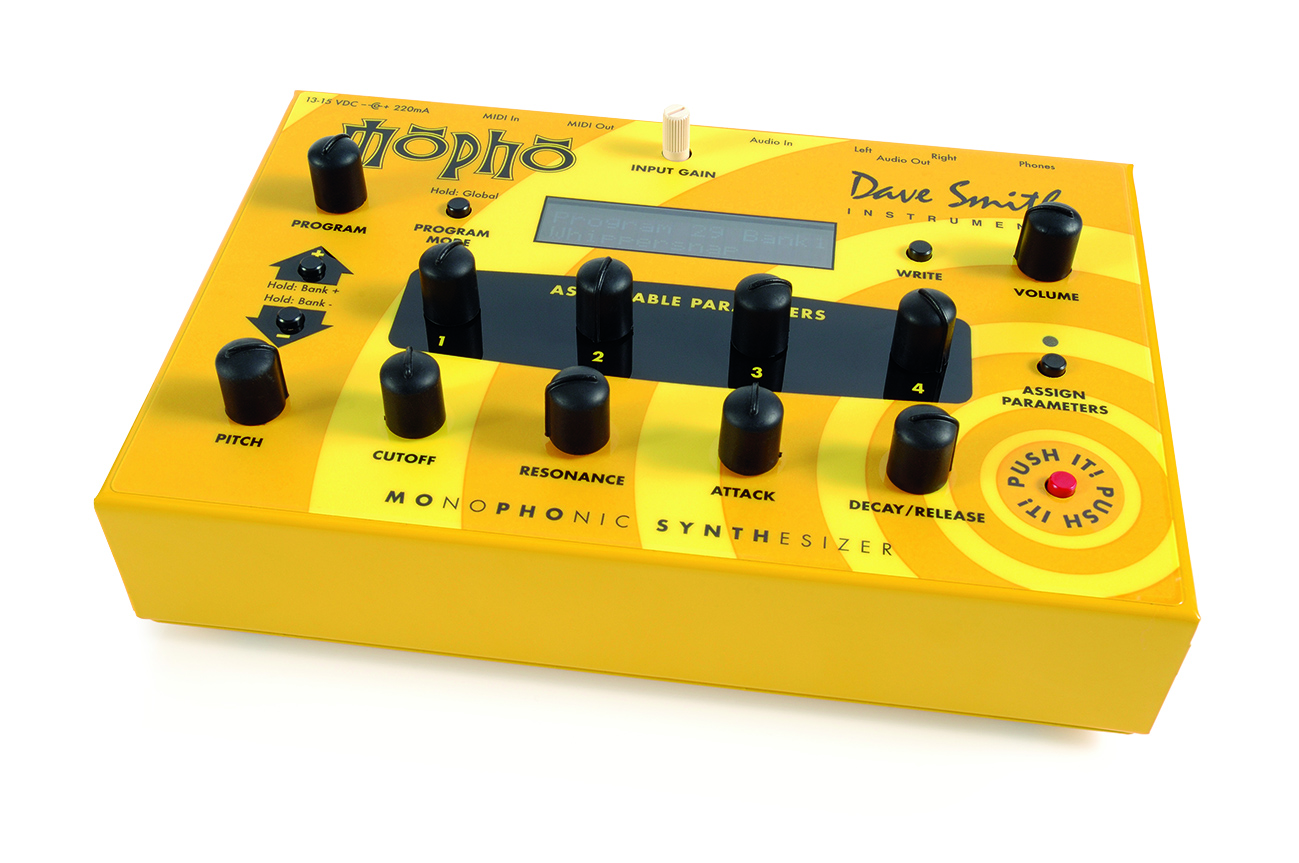
His first product under the DSI brand was the Evolver synthesiser, followed by various interesting analogue machines, such as the Mopho – a Pro-One inspired mono synth – and Tetra, which offered 4-note polyphony.
But it was the excitement of the Prophet ’08, with the return of the Prophet branding, that truly ignited the public’s enthusiasm. Further enhancements followed, followed by the production of the Prophet-6, the closest machine to the original Prophet-5 so far! Meanwhile, in collaboration with Tom Oberheim came the release of the OB-6, similar to the Prophet-6, but with the legendarily gutsy Oberheim sound.
In a gesture of goodwill, Yamaha returned the Sequential brand to Dave in 2015, but it wasn’t until 2018 that DSI entirely rebranded back to Sequential, laying the groundwork for the reissue of the Prophet-5 in 2020, now in its resplendent rev.4 glory.
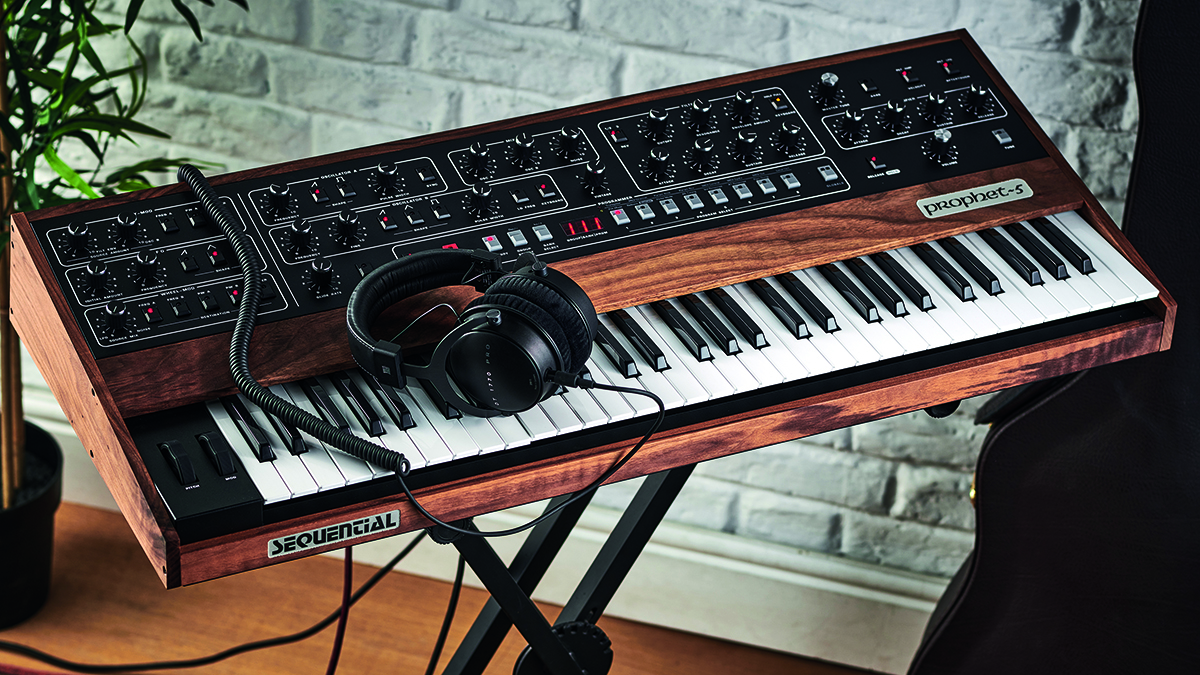
Remaining true to its original concept, the rev.4 does not employ effects and only uses a single mono 1/4” inch jack output, while including greater tuning stability, choice of the two different Prophet filters from the rev.1/2 and rev.3, with MIDI via 5-pin DIN or USB. It was unsurprisingly applauded as the return of the Prophet, now also available as a Prophet-10, which provided the original 10-voice concept, without the endless overheating.
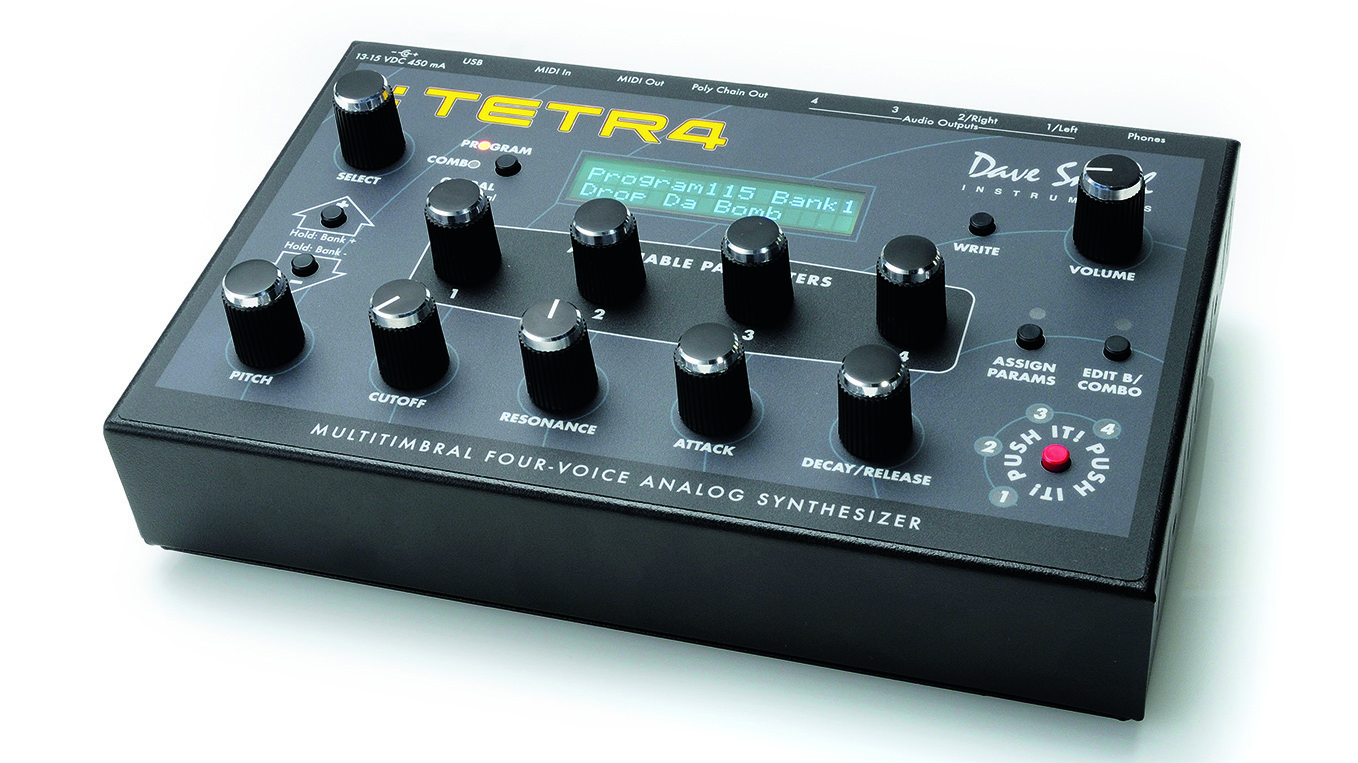
Prophet's legacy
There are few industry names that can claim to have changed the path of music technology forever, and Dave Smith undoubtedly managed this, either through his synth design or concept for MIDI. You can hear a Prophet-5 on so much music from the last 40 years, from Philip Glass to Stevie Wonder, and from rap to Radiohead. That’s quite a legacy, from the original synth prophet.


Future Music is the number one magazine for today's producers. Packed with technique and technology we'll help you make great new music. All-access artist interviews, in-depth gear reviews, essential production tutorials and much more. Every marvellous monthly edition features reliable reviews of the latest and greatest hardware and software technology and techniques, unparalleled advice, in-depth interviews, sensational free samples and so much more to improve the experience and outcome of your music-making.










